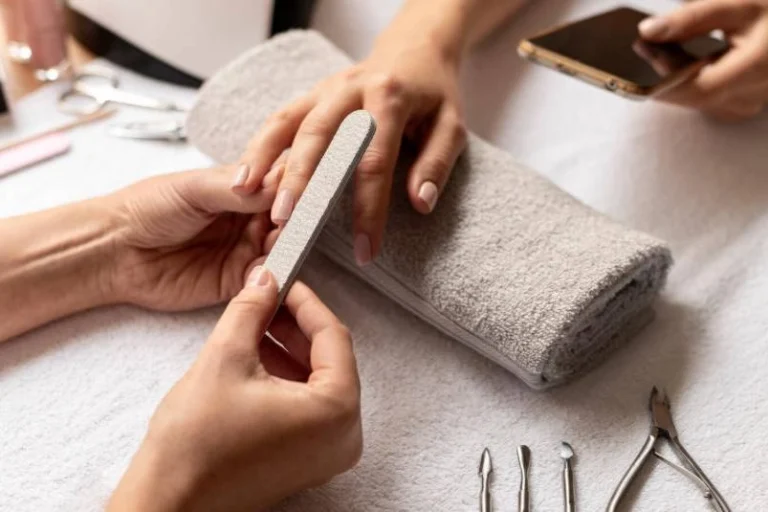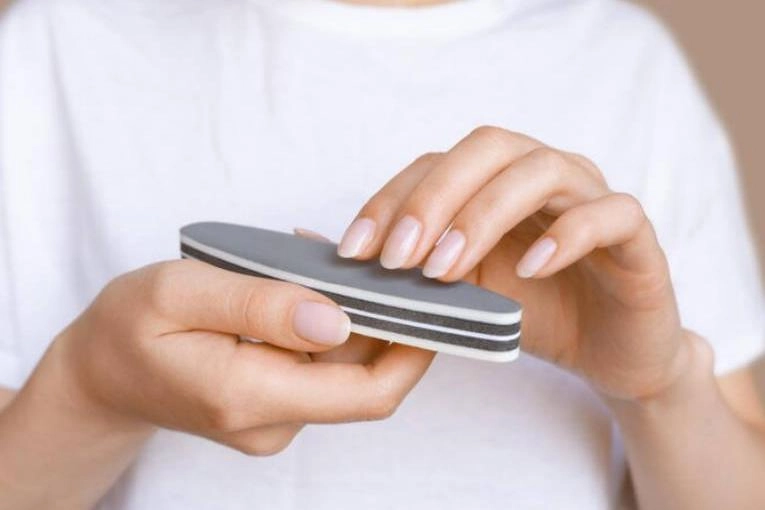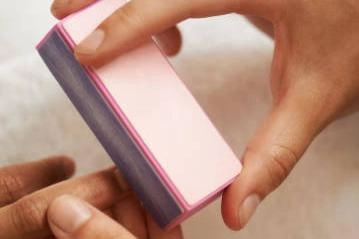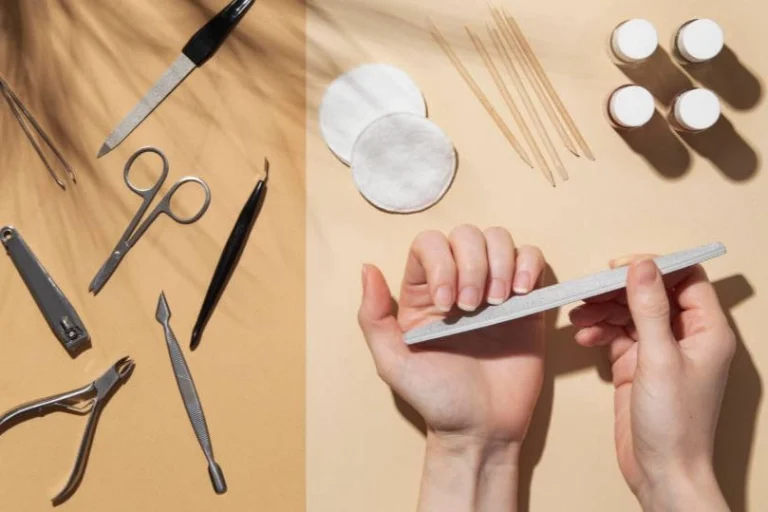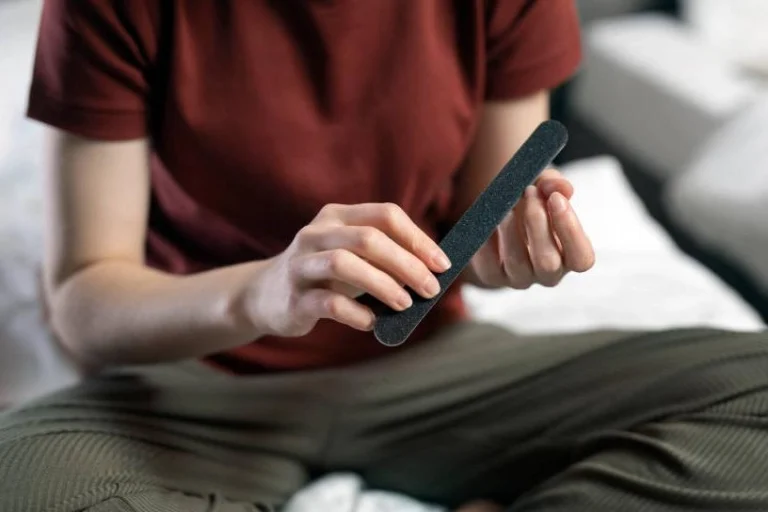Nail care is a big part of looking polished. Among all the tools out there, the nail buffer is a superstar. Whether you’re prepping for gel polish or just want shiny nails without polish, knowing how nail buffers work can help you use them right. This guide explains the basics behind nail buffers, how they’re made, their benefits, and the best ways to use them—especially with top-notch options from Felice.
What’s a Nail Buffer and Why It Matters
A nail buffer is a handy tool that smooths your nails, gets rid of ridges, and gives them a natural shine. It comes in forms like blocks with different textured sides or sponge-covered emery boards. Buffers are a key part of any manicure routine to make your nails look better and stay healthy. Felice offers awesome mini nail buffer blocks, like models FLS-NB-001 and FLS-NB-002. They use high-elastic sponge, EVA, and emery for a gentle yet effective buffing experience, great for pros or home users.
How Nail Buffers Work
How Rubbing Smooths Your Nails
Nail buffers work by using gentle rubbing. When you slide the rough side of a nail buffer over your nail, it softly scrapes away bumps and uneven spots. This leaves your nails smoother. The smooth surface catches light better, making your nails look brighter.
Getting That Natural Shine
As you use finer sides of the nail buffer, tiny scratches on your nails get smaller. This creates a polished, shiny look without any polish. Felice’s 4-way blocks let you move from rough to super fine grits for a glossy finish.
How Buffing Affects Nail Thickness
Buffing now and then can make nails look great and stay healthy. But doing it too much might make your nails thinner. That’s why you need to use nail buffers carefully. Felice’s custom 4-sided nail buffer block is made for gentle, pro-level results when used the right way.
What Nail Buffers Are Made Of
Common Materials in Nail Buffers
Most nail buffers have a soft, spongy center with rough outer layers. Felice uses high-elastic sponge mixed with emery or EVA layers. This makes their buffers tough, bendy, and super effective.
Different Grit Levels and What They Do
Nail buffers have different roughness levels for each step:
Rough Grit for Smoothing Bumps
Rough grit (80#–100#) is great for fixing deep ridges or smoothing fake nails. Felice’s extra coarse mini black nail buffer block (Model #: FLS-NB-011) has 80# or 100# grit. It’s perfect for heavy-duty jobs.
Medium Grit for Smoothing Things Out
Medium grit (180#–240#) evens out smaller bumps. It gets nails ready for polishing without thinning them too much.
Fine Grit for a Shiny Finish
Fine grit (320#+) polishes nails to a glossy shine. It removes tiny scratches from rougher grits. Felice’s 4-way buffers include this step for salon-style results at home.
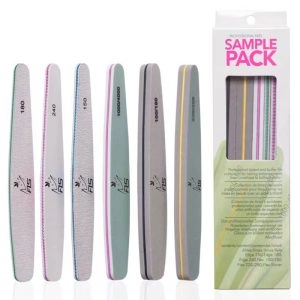
Why Nail Buffers Are Good for Your Nails
Boosting Blood Flow
Gently buffing your nails gets the blood moving under them. This can help your nails grow stronger over time. The rubbing also brings more oxygen and nutrients to the skin around your nails.
Helping Polish and Treatments Stick
A smooth nail surface makes gel polish, stickers, or base coats stick better. Felice’s nail buffers are great for prepping nails before using their UV gel wraps or polish strips. This helps your manicure last longer.
Clearing Up Stains Naturally
Buffing can lift light stains from dark polishes or everyday wear. It gently removes the top layer of discoloration, leaving your nails looking cleaner.
Best Ways to Use Nail Buffers Safely
How Often to Buff Your Nails
For regular nails, buffing every two weeks is usually enough. Overdoing it can weaken your nails. If your nails are thin or fragile, use only fine-grit buffers and buff less often.
How to Buff the Right Way
Get Your Nails Ready
Wash your hands well. Remove old polish with a gentle, acetone-free remover. Push back cuticles softly with a wooden stick or metal pusher.
Using the Buffer’s Sides
Use each side of the nail buffer for its job:
- Start with rough grit if you need it.
- Move to medium grit to smooth things out.
- Finish with fine grit for shine.
Felice’s 4-way high-elastic sponge nail buffer block (Model #: FLS-NB-008) has labeled sides. This makes it super easy, even for beginners.
Finishing with Moisture
After buffing, add some cuticle oil or hand cream. This brings back moisture lost from rubbing. It keeps your nails and skin healthy and looking nice.

If you want great results and a tool that looks good too, Felice has you covered. Our high-quality custom zebra grey nail file and emery board options work for both salon pros and home users. All products can be designed and produced as customer request; pre-production sample is always available for quality check before bulk order.
With low minimum order quantities and OEM support, Felice gives you flexibility and top-notch quality. We pursue “Honest, High Quality, First-Class Service”, we sincerely welcome customer abroad and home down visit our company for further negotiation. Whether you’re new to nail care or upgrading your salon kit, Felice has the perfect nail buffer for you.
FAQ
Q: Can anyone try out a nail buffer, even with sensitive nails?
A: Absolutely! Most folks can give nail buffing a shot. If your nails are sensitive or thin, go for buffers with fine grit. Use a really light touch. Buffing too hard or too often might bother weak nails. So take it easy. If you’re not sure, ask a nail tech.
Q: How do I pick the right nail buffer?
A: Choose based on what your nails need. Want everyday shine? A 4-way buffer with fine-grit sides is perfect. Got rough nails or fake tips? A rougher buffer might be better. Felice’s buffers, like their mini blocks, have choices. Good for beginners. Good for pros too.
Q: Can nail buffers fix yellow or stained nails?
A: Sort of! A nail buffer can remove light stains on the surface. Things like dark polish or smoking cause these. For deeper stains, you might need a pro. But buffing definitely helps nails look fresher.

